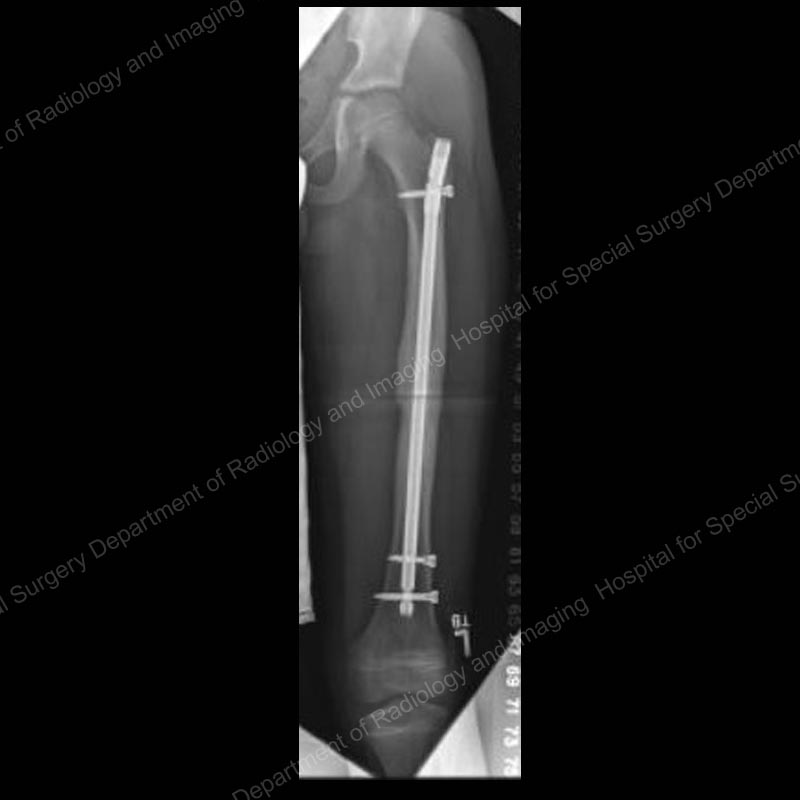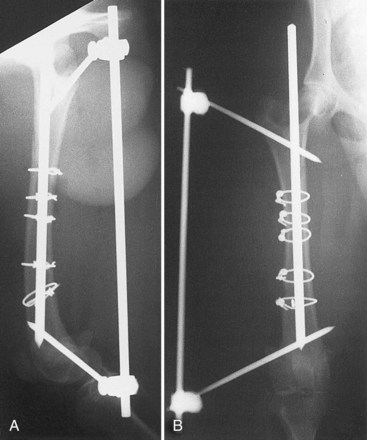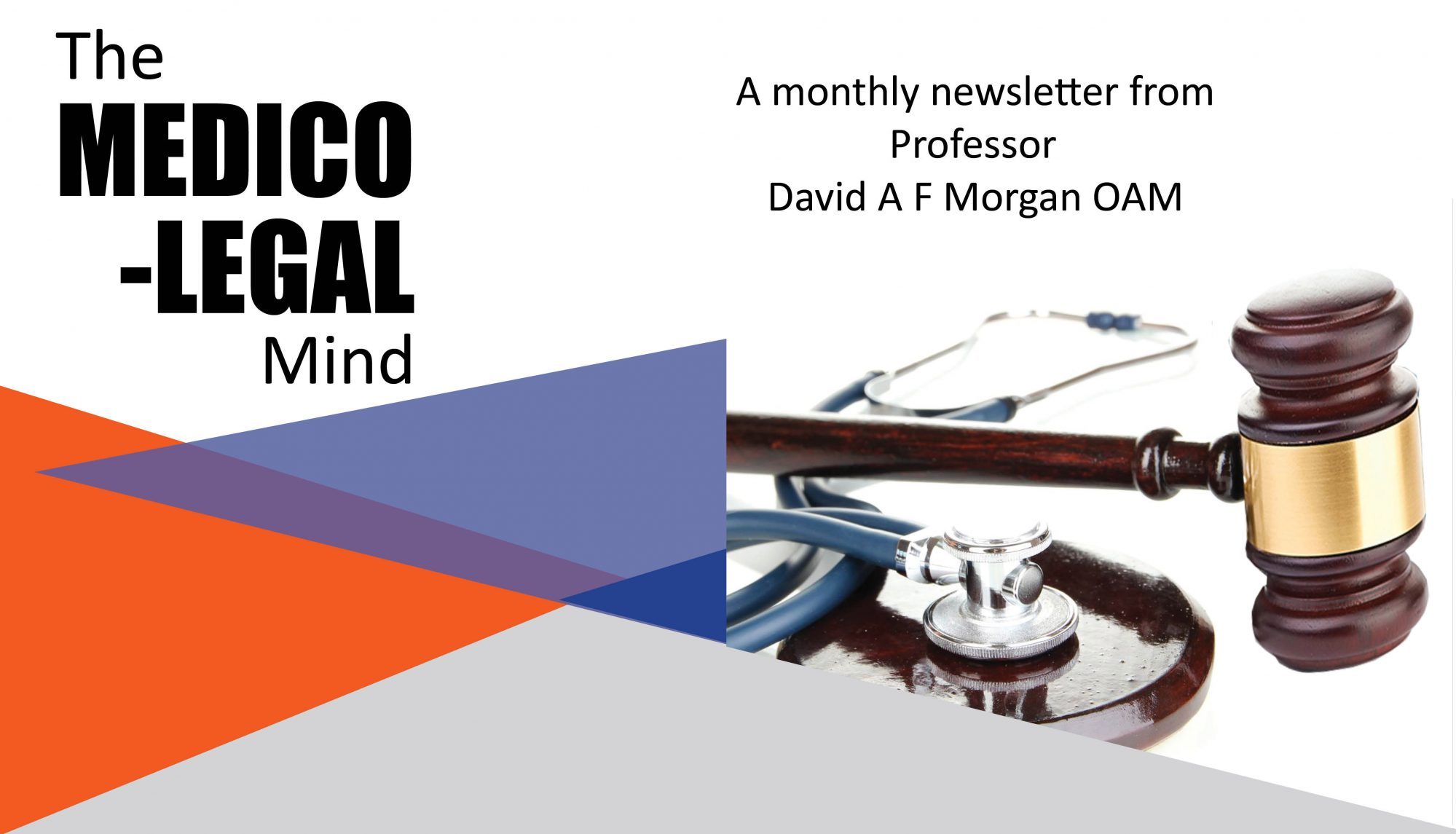CASE VIGNETTE – JUNE 2019
More Than One Way To Skin A Cat
I recently saw a patient who had a long spiral fracture of his femur or thigh bone. It had been managed operatively with the insertion of a rod through the centre of the bone with interlocking screws above and below the fracture.
The rod acts to provide longitudinal stability for the fracture and prevents angulation at the fracture site. The interlocking screws above and below provide rotary stability and also prevent the fracture overriding or “concertina-ing”.

That is usually sufficient. On some occasions however, it is necessary to perform an initial reduction of the fracture with or without the use of cerclage wires, clamps or clips. These cerclage or enveloping devices, used alone, will not give rise to sufficient skeletal stability until union occurs. Instead, they can be used as a supplement to attaining and maintaining an anatomic reduction and thereafter relying upon the interlocked intramedullary nail for greater mechanical stability until union occurs.

I saw a case recently where these cerclage wires were not used, significant displacement of this long spiral fracture persisted and the time to union appeared to be two or three times normal. Most femoral fractures will unite within four to six months. This particular patient waited 18 months before the radiographs indicated that union had occurred.
He and his solicitor were keen to sue the operating surgeon, blaming the attendant losses of social, recreational and remunerative types on this failure to use the cerclage device per operatively. They had approached the Office of the Health Ombudsman seeking some support, but received no joy. The Ombudsman did refer the matter to the Queensland Board of the Medical Board of Australia but the Notification Committee that handled the matter was similarly unimpressed.

The real test in negligence is whether or not the action of the operating surgeon was within the bounds currently accepted by a significant body of colleagues operating in the arena in Australia today.
At a personal level, and in this particular case, I would have used some form of cerclage device. I am aware however that not only did this surgeon elect not to do so, many of his colleagues would have followed his course too.
I do not believe that there was any likelihood of success with civil litigation. It is simply an unfortunate fact that some femoral fractures can take a long while to heal.
